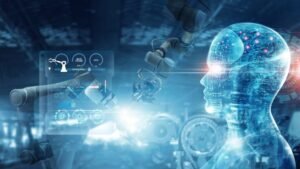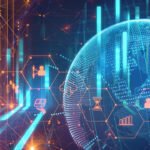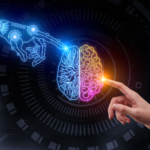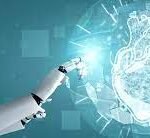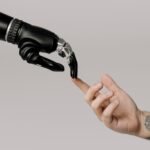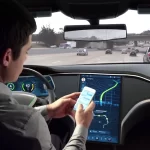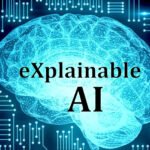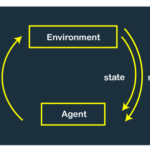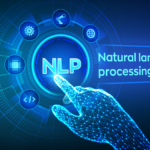Global cloud market soars again, but AI could pose a risk
Cloud infrastructure spending by enterprises is on an upward trajectory despite economic challenges, as per recent data from Synergy Research Group. In the second quarter of 2023, global spending on cloud infrastructure services reached $64.8 billion, marking a notable increase of $10 billion compared to the same period in 2022. This growth trend has persisted for three consecutive quarters, even amidst budget constraints.
Microsoft and Google have demonstrated positive momentum in market share, steadily expanding their presence over time. Amazon Web Services (AWS) remains a dominant force, holding nearly a third of the market share. Microsoft and Google have captured 22% and 11% respectively, collectively comprising 65% of the market. In the realm of public cloud services, these three leaders exhibit even more pronounced control, with a combined market share of 72%.
Over a five-year span, IBM’s market share has continued to decline, and Alibaba has also experienced a decrease, despite a surge in 2021. Analysts attribute the recent slowdown in growth rates to various factors, including macroeconomic pressures, enterprise cost-cutting measures, localized challenges in the Chinese market, and the effects of the law of large numbers. However, additional factors could be contributing to this trend.
In the first half of 2023, many enterprises have been increasingly interested in developing their own AI tools. While some opt for AI-as-a-Service solutions, others are investing in acquiring their own high-performance hardware, including costly industry-leading processors. This shift in focus toward AI-related initiatives may have temporarily shifted the spotlight away from cloud spending.
Looking ahead, Synergy Research Group anticipates that current short-term challenges will likely resolve themselves, allowing for continued growth in the foreseeable future.



